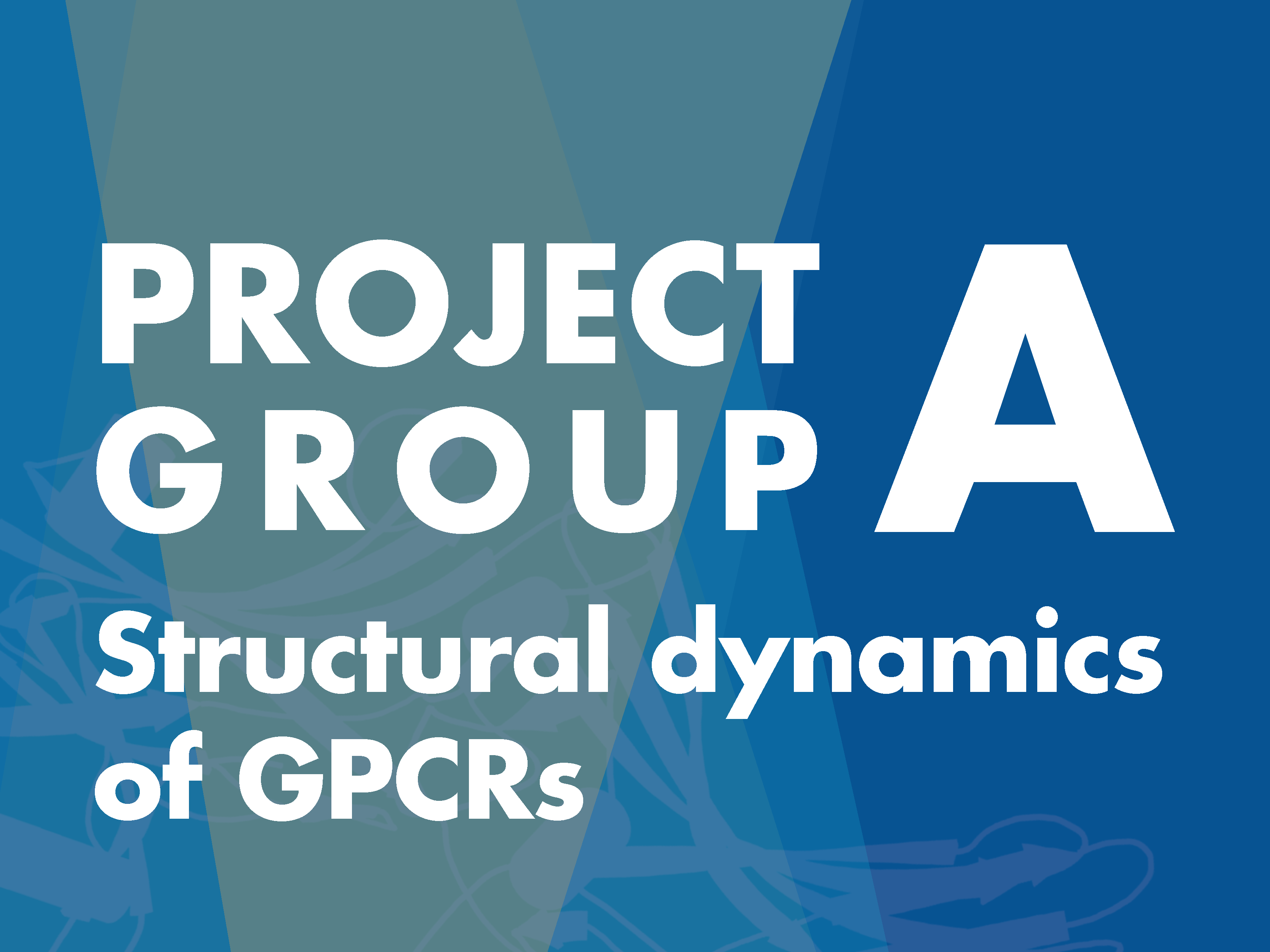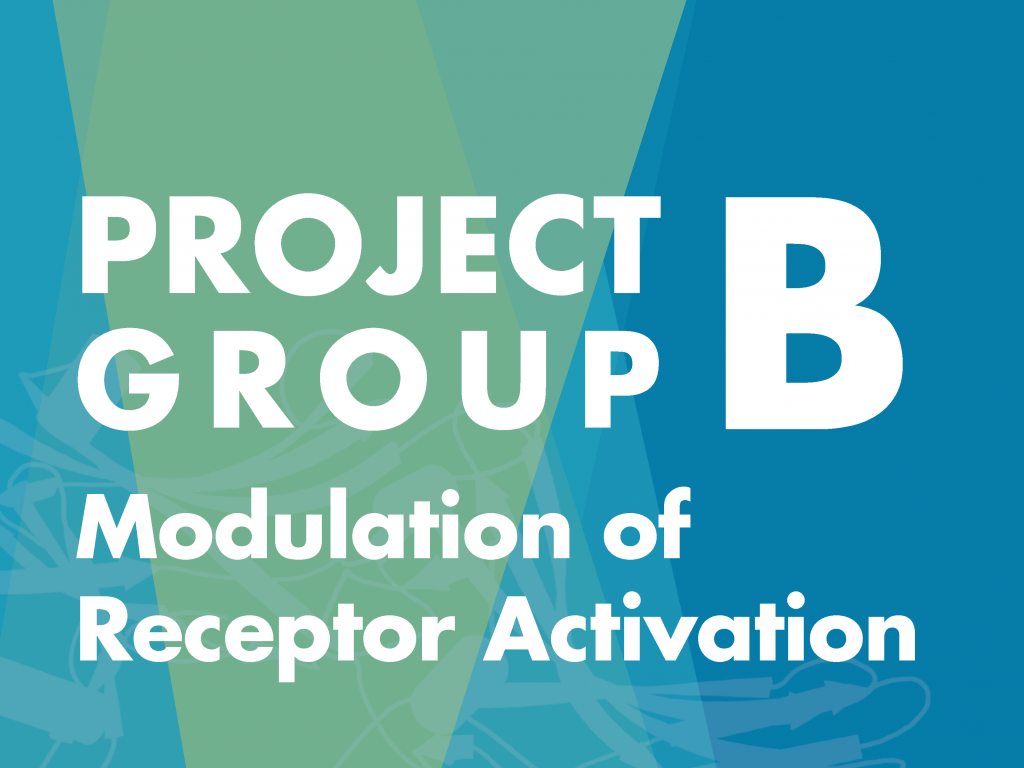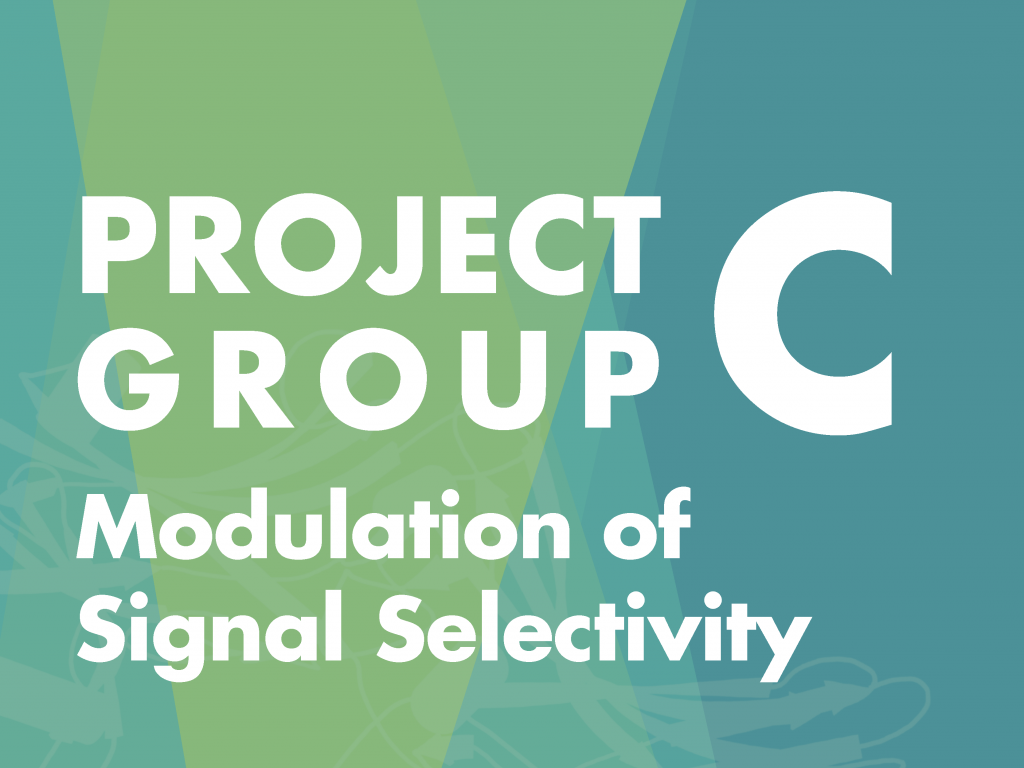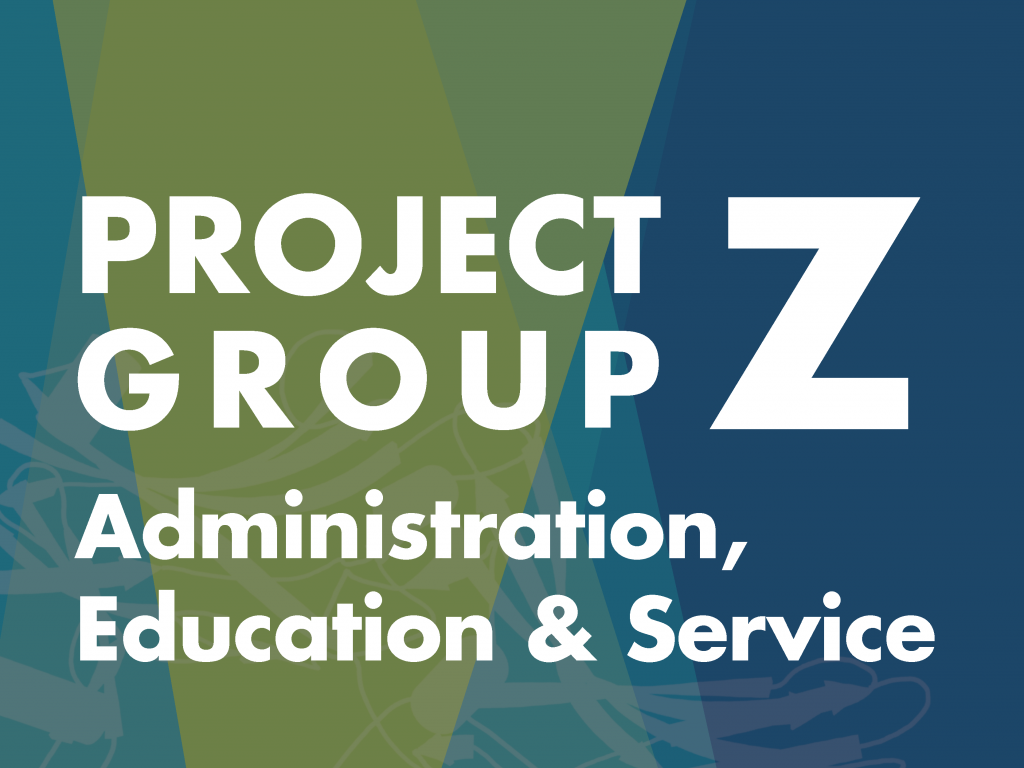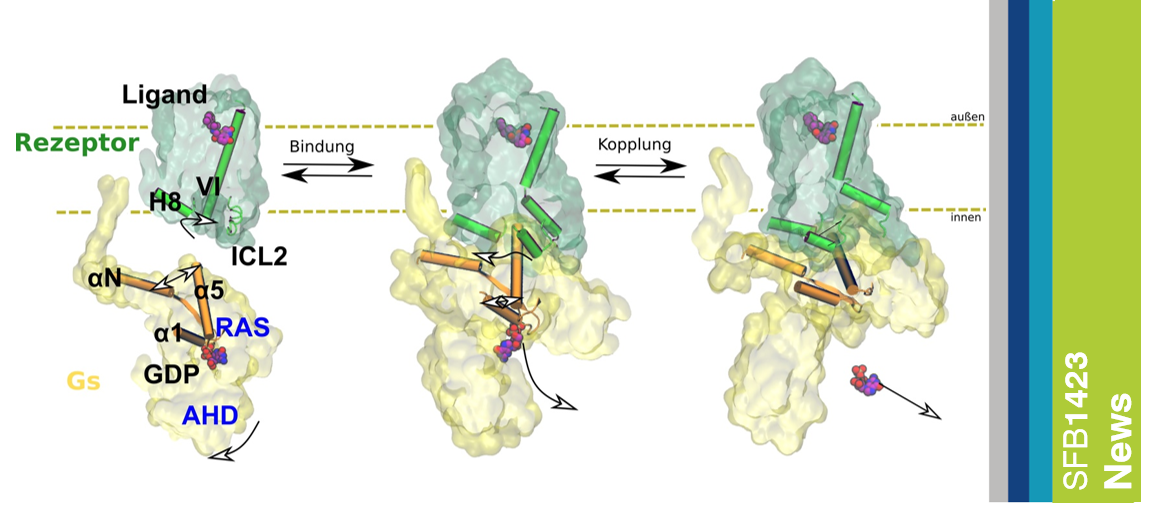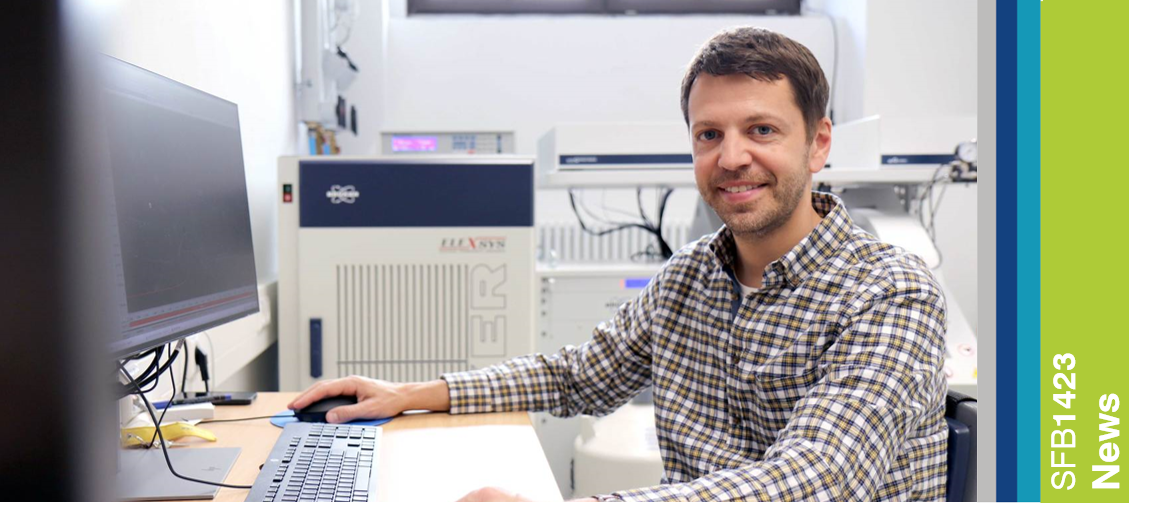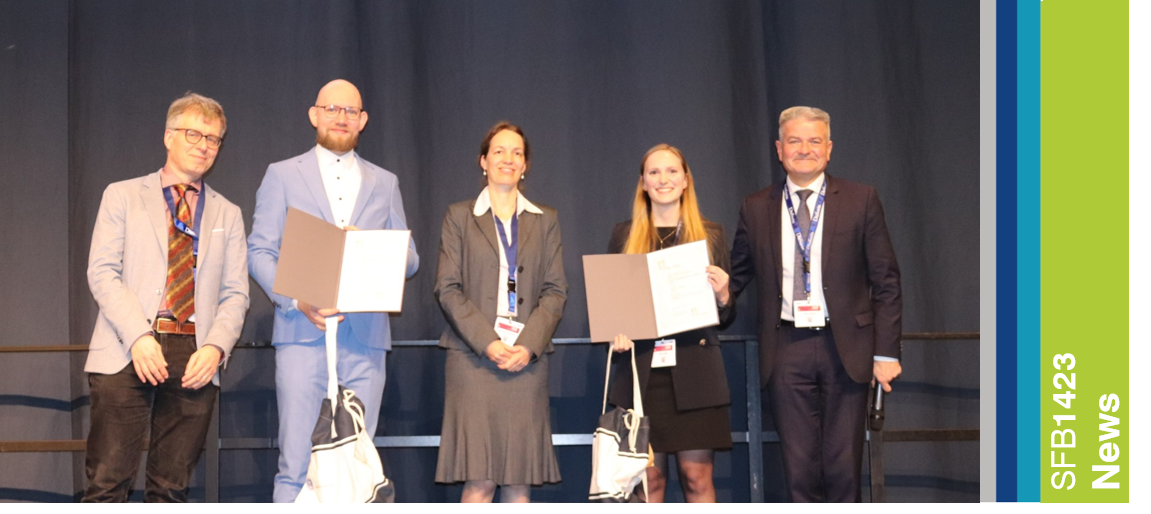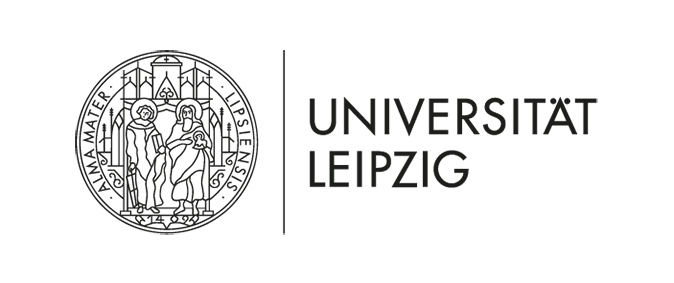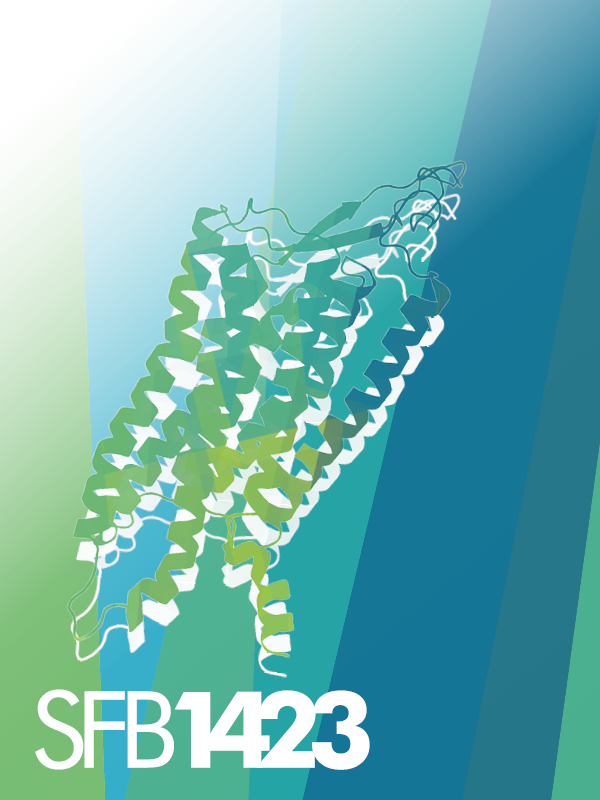

DFG/Collaborative Research Center 1423:
Structural Dynamics of GPCR Activation and Signaling
Cells communicate with each other and with their environment via receptors. The G protein-coupled receptors (GPCRs) are the largest group of membrane receptors and occur in almost all living organisms. In the Collaborative Research Centre 1423 „Structural Dynamics of GPCR Activation and Signaling„, scientists from the life sciences, medicine, pharmacy and bioinformatics of our university are investigating the interactions of GPCRs, the peptide receptors and the adhesion receptors, which have so far been little studied, together with their partners at the Charité – Universitätsmedizin Berlin, the Martin Luther University Halle-Wittenberg and the Heinrich-Heine University of Düsseldorf.
The aim of this CRC initiative is to understand the structural dynamics of ligand binding, signal transduction, and downstream control of G protein- and arrestin-signaling pathways using native ligands as well as artificial probe molecules in conjunction with hybrid methods of structural biology including NMR, X-ray (conventional and serial protein X-ray crystallography at synchrotrons and free electron lasers), cryo-electron microscopy, mass spectrometry and computational methods (molecular modeling and dynamics). Phenomena such as biased signaling are tackled using assays that target specific signaling pathways. Results are tied in with a phylogenetic analysis of GPCRs, arrestins and G proteins. One goal of the CRC is to clarify the dynamic structural states of these GPCRs in order to understand their functions. This could lead to the development of novel therapeutics for this class of GPCRs.
Projects of the SFB 1423
News & Events of the SFB 1423
News & Events
On this page you will find a compilation of current news and events.
Seminars
The current seminars within the framework of graduate education can be found on this page.
Publications
Numerous publications have been produced within the framework of the SFB 1423.
Jobs
Here you will find vacant vacancies in our Collaborative Research Centre.
Trailer of the SFB 1423
Latest news of the SFB 1423
Post
Leipzig University
Faculty of Life Sciences
Institute of Biochemistry
Brüderstrasse 34
04103 Leipzig
Germany
Social Media
Project information
DFG Project number (GEPRIS)
421152132
Funding period
2020 – 2023, 2024 – 2027
Coordinating university
Leipzig University



